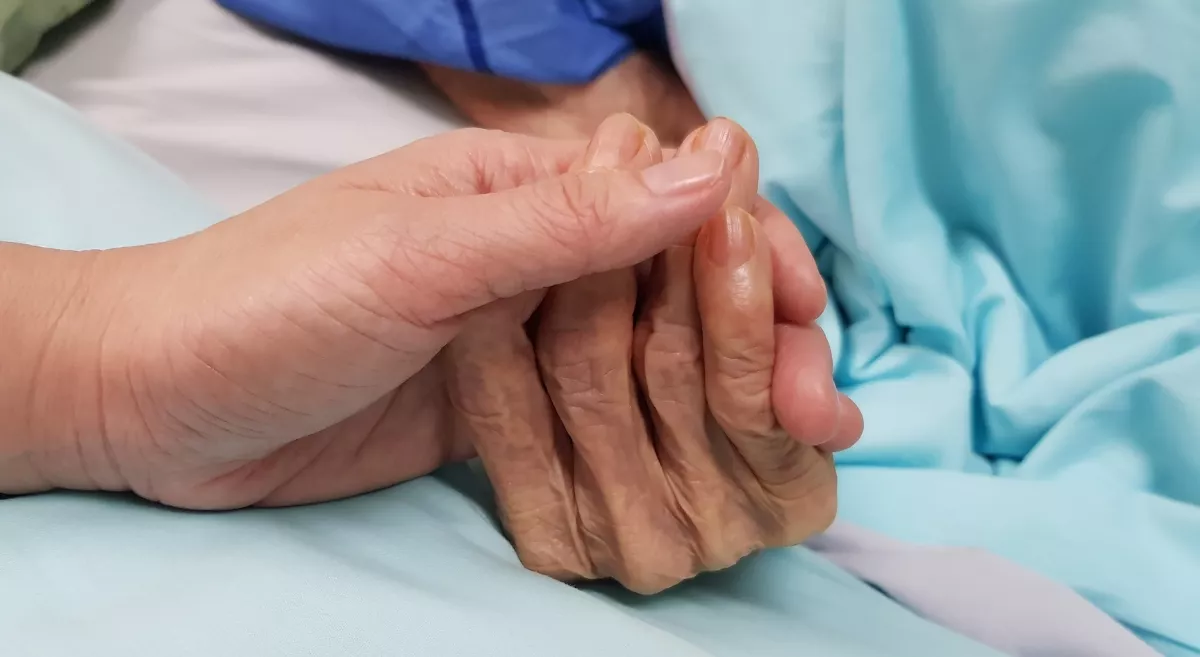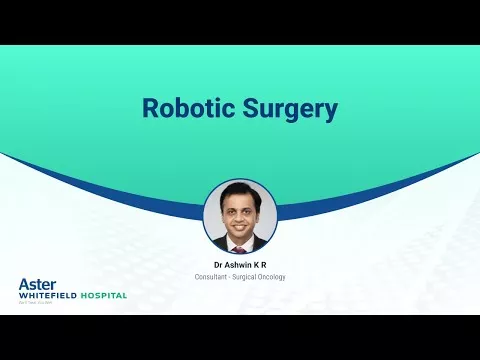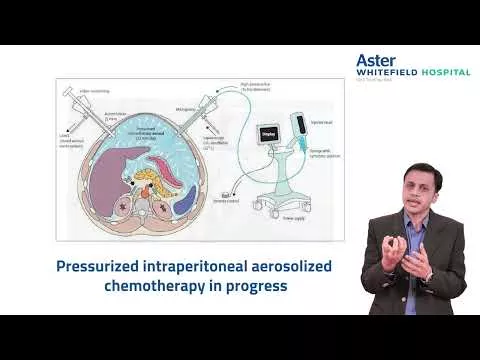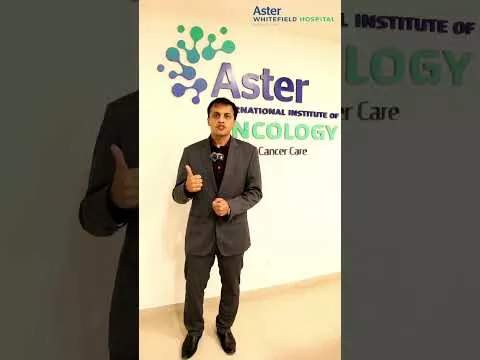This blog is about robotic surgery in cancer treatment. The speaker of the video is Dr. Ashwin K R, HOD - Surgical Oncology at Aster Whitefield Hospital. Dr. Ashwin K R starts the video by saying that many people think that surgical oncology is only about removing the full breast or opening the entire abdomen. He then emphasizes that radical cancer surgery does not mean mutilating a person. He says that the old days are gone and the new days are about doing proper surgery without mutilating the patient. This is where minimally invasive surgery comes in.
What is Minimally Invasive Surgery?
Minimally invasive surgery is a type of surgery that is performed through small incisions. This type of surgery is also called keyhole surgery. The surgeon inserts instruments through these small incisions to perform the surgery. The older technology for minimally invasive surgery was laparoscopic surgery. However, the latest and most superior technology is robotic surgery.
Advantages of Robotic Surgery
Robotic surgery is very similar to laparoscopic surgery. However, the technology in robotic surgery makes it superior to laparoscopic surgery. One of the advantages of robotic surgery is that it can be performed on elderly patients who have other health conditions such as diabetes, hypertension, and kidney disease. Robotic surgery is also less painful than traditional surgery.
Another advantage of robotic surgery is that it allows the surgeon to have a more precise view of the critical organs. This is especially important when the surgery is being performed in the chest or abdomen. With robotic surgery, the surgeon can carefully dissect the nerves, blood vessels, and lymph nodes without damaging them.
Robotic Surgery at Aster Whitefield Hospital
Robotic surgery is also covered fully under insurance schemes. The team of doctors at Aster Whitefield Hospital has expertise in treating robotic surgeries since the last 10 years. They can do robotic surgery for thyroid, esophagus, chest, lung, intestinal, and ovarian surgeries.












